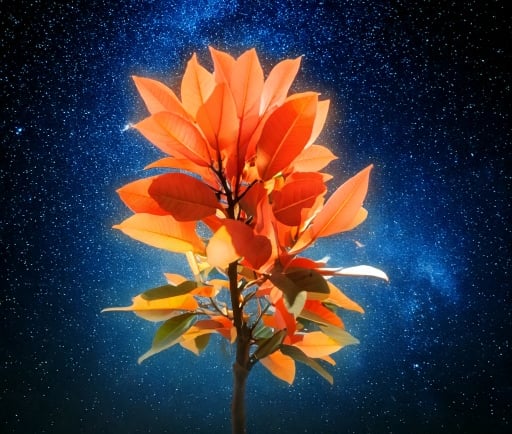Zinnia Hybrida: The Vibrant Space Plant Grown Aboard the International Space Station


Introduction to Zinnia Hybrida
In recent years, the field of astrobotany has taken significant strides, showcasing an array of plants cultivated beyond Earth’s atmosphere. One of the most captivating examples is the Zinnia hybrida, a visually striking plant that has been successfully grown in space, specifically aboard the International Space Station (ISS). This remarkable achievement not only contributes to our understanding of plant biology in microgravity but also offers insights into future space exploration endeavors.
The Challenges of Growing Plants in Space
The journey of cultivating Zinnia hybrida in space was marked by complex challenges. Microgravity presents unique conditions that affect plant growth, such as altered water movement, changes in nutrient absorption, and variations in light exposure. Traditional growing techniques are not directly applicable in space; therefore, strategies had to be developed to monitor and adjust factors like temperature, humidity, and light intensity within the ISS environment. Understanding how Zinnia hybrida adapts to these conditions is crucial for future missions, especially those involving long-duration human presence on Mars or other celestial bodies.
The Significance of Zinnia Hybrida for Space Missions
Grown successfully in the Veggie plant growth system aboard the ISS, Zinnia hybrida has served as a critical stepping stone in our quest to create sustainable food sources in space. Its vibrant colors and robust growth patterns offer not only psychological benefits for astronauts by providing a touch of Earthly beauty but also practical applications as a potential food source. Furthermore, studying its growth patterns and responses to microgravity can provide essential precedent for cultivating more complex and larger crops necessary for long-term space missions.
Research surrounding Zinnia hybrida also reveals interesting findings on the potential for plant cultivation to improve air quality aboard the ISS. Plants naturally absorb carbon dioxide and release oxygen during photosynthesis, thus contributing to a balanced atmosphere which is vital in enclosed environments where human habitation is expected. The innovative approaches taken to grow Zinnia hybrida in space emphasize the importance of plants not only for sustenance but also for maintaining livable conditions in extraterrestrial environments.
Conclusion: Paving the Way for Future Space Agriculture
The successful cultivation of Zinnia hybrida aboard the ISS is more than just a botanical triumph; it symbolizes a vital step in humanity’s quest for interplanetary agriculture. As we progress towards longer missions that span beyond low Earth orbit, understanding how plants thrive in space will be crucial. The insights gained from growing Zinnia hybrida can lay the groundwork for more extensive farming initiatives, blending science with adventure as we pave the way for future generations to explore the cosmos. By enhancing our agronomic techniques in extreme environments, we not only secure the well-being of astronauts but also take one step closer to making space travel sustainable.
